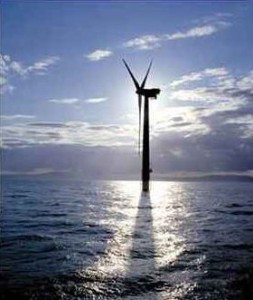It’s CCAN’s 10th Birthday and all of our supporters are wishing a good tenth. We look forward to growing our network of supporters, friends and fans in the coming decade.
Stuart Clarke, Executive Director, Town Creek Foundation
Stuart Clarke and his friends at Town Creek Foundation went above and beyond in wishing CCAN a happy birthday! Watch the video to see their special gift.
Bill McKibben, Author, 350.org founder
Bill McKibben, prolific author and founder of international climate change advocacy group 350.org, has called CCAN “the world’s best regional climate change group.” See what he has to say on the occasion of CCAN’s 10th birthday.
Greenpeace Executive Director Phil Radford
Phil Radford sends CCAN his best wishes in our 10th year.
Congresswoman Donna Edwards
Congresswoman Donna Edwards from Maryland wishes CCAN happy 10 years. Hope to see you at next year’s Polar Bear Plunge, Congresswoman!
Reverend Lennox Yearwood of Hip Hop Caucus
The founder, President and CEO of the Hip Hop Caucus encourages CCAN to keep fighting the good fight!
Father Jacek Orzechowski, St. Camillus
Father Jacek wishes CCAN even more success in the next 10 years!
Maryland State Senator Paul Pinsky
Environmental champion Sen. Paul Pinsky congratulates CCAN on 10 years.
Lori Hill, Volunteer & owner of lori hill event productions
Superstar CCAN volunteer and event planner Lori Hill wishes CCAN happy 10 years.
MOM’s Organic Market owner, Scott Nash
Local green business owner and CCAN supporter, Scott Nash, wishes CCAN a happy birthday.


 The push for the Keystone XL pipeline puzzles me. Society is foolishly increasing its dependence on oil by investing more and more in this diminishing dirty resource. Meanwhile, many of the clean and renewable alternatives that our future requires already exist and continue to improve in both efficiency and cost.
The push for the Keystone XL pipeline puzzles me. Society is foolishly increasing its dependence on oil by investing more and more in this diminishing dirty resource. Meanwhile, many of the clean and renewable alternatives that our future requires already exist and continue to improve in both efficiency and cost.


